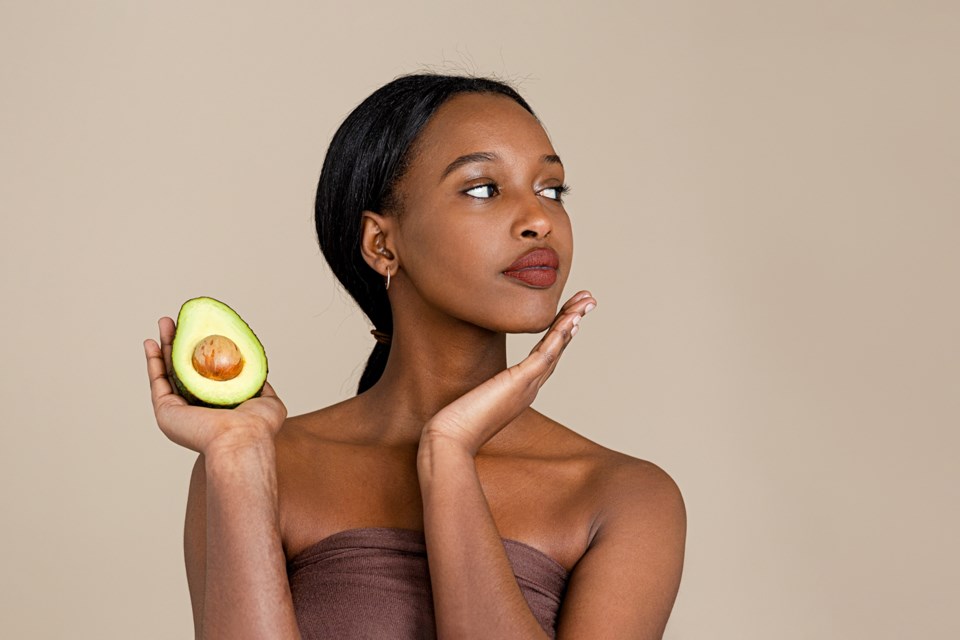I have so focused on nutrition in the articles I have been sharing. However, in reviewing general health, I think it is important to talk about what we put on our skin as anything on the skin is absorbed into the bloodstream. Our skin is our biggest organ but it is porous and a gateway for many chemicals to get into our bodies.
I have been an avid label reader for many years and there are definite ingredients commonly used in skin and hair care products that definitely have no place in our bodies. Chemicals that don’t leave our system can build up to toxic levels that finally make us sick with diseases like cancer etc. Please check the labels of your favourite products and note if any of the following chemicals are present:
- Sodium Lauryl (or Laureth) Sulfate are surfactants most often found in shampoo, body wash and bubble bath and can cause allergic reactions and skin irritation. It may also be contaminated with the carcinogen 1,4-dioxane. It may also show up on the label as SLS and SLES.
- Parabens are used as preservatives in shampoo, body wash, face cleanser, lotion and foundation. They disrupt our endocrine systems and alter hormones. They show up on labels as methyl, isobutyl or propyl-paraben.
- Phthalates are chemicals used for texture or to get the substance to cling to your skin. They are found in synthetic fragrance and nail polish. These chemicals cause hormone disruption are suspected of causing birth defects. They show up on a label as DBP, DEHP, DEP…
- Ethanolamines, also known as MEA, DEA or TEA, are surfactants and adjust ph in a product. They cause skin toxicity, hormone disruption, and have been known to exacerbate allergies. They can also affect fetal brain development.
- Benzalkonium Chloride is found in moisturizers and sunscreen as a preservative. I can cause respiratory issues, skin and eye irritation, allergies etc.
- Polyethylene Glycol are used to thicken cosmetics, used as solvents and moisture carriers. They can be found in sunscreen and shampoo. They could be contaminated with a strong carcinogens Ethylene Oxide and 1,4-dioxane.
- Butylated Hydroxyanisole or Hydroxytoulene is found in lipstick, moisturizers and diaper cream. They may damage the liver and are suspected carcinogens (cancer causing) and hormone disruptors. On the label they may also be listed as BHA or BHT.
- Ethylenediaminetetraacetic Acid also known as EDTA is a chelating agent and helps a product’s stability, found in many moisturizers. It can be toxic to organs and should be avoided.
- Formaldehyde is a toxic ingredient used often as a preservative in shampoo, body wash and bubble bath. It is a known carcinogen that is linked to neurotoxicity, asthma and developmental toxicity. It doesn’t show up as formaldehyde on the packaging but will show up as quaternium-15, DMDM hydantoin, imidazolidinyl urea, diazolidinyl urea, sodium hydroxymethylglycinate, 2 bromo-2-nitropropane-1 and 3 diol (Bronopol).
- Synthetic Flavours and Fragrances are used to scent almost all cosmetics and are known to cause allergies and disrupt hormones. Because the fragrances in products are often proprietary the ingredients are often not disclosed, so just listed fragrance.
- Hydroquinone is found in scar lessening creams and skin lightening products. It is toxic to organs, causes skin irritation and has been linked to cancer.
- Triclosan or Triclocarban are antimicrobial pesticides found in liquid soap, bars of soap and toothpaste. They are suspected of being harmful to reproductive systems and very toxic to marine life.
Again, I remind people that what they put in their bodies (and on their bodies) affects their long-term health. I have done my best to avoid most of these harmful substances by using SLS-free shampoos, natural soaps and deodorants, very basic face creams or just olive oil, shea butter, cocoa butter etc, and reading labels.
Always check out the ingredients and if there are too many that you can’t pronounce, then choose a safer alternative from your local health food store, farmer’s market or the Body Shop. There are usually people in every community making safe and excellent quality alternative creams, lotions and potions.
Claire Nielsen is a health educator and owner of Aunty Claire’s Elixir for Life Ltd. Questions? [email protected]



